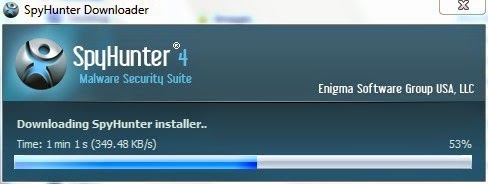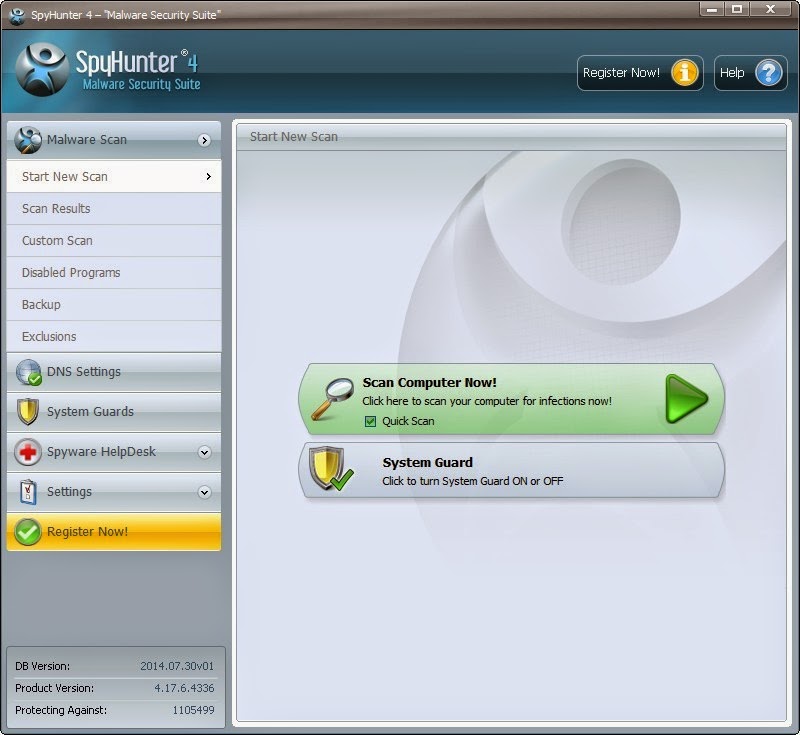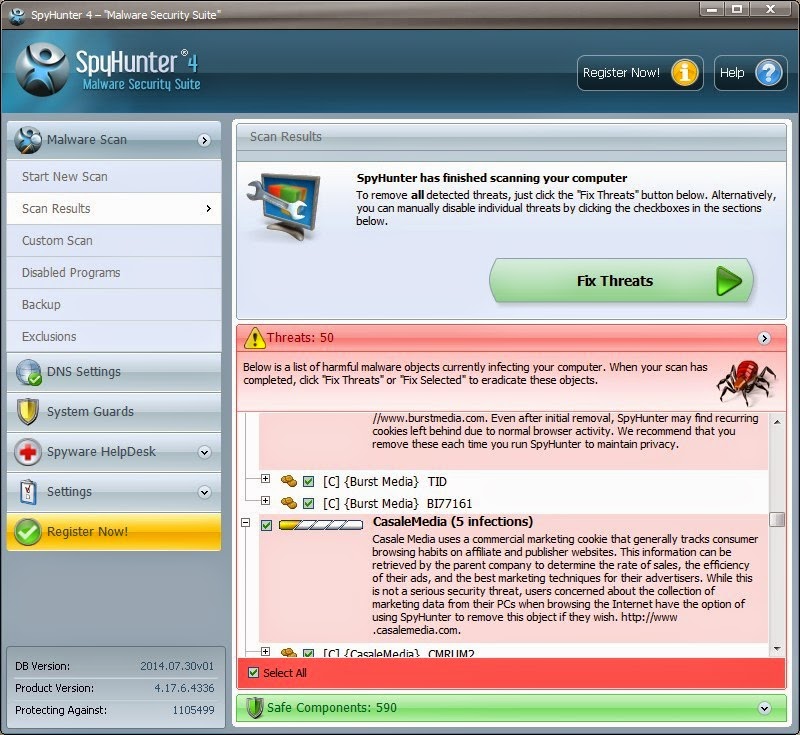Weird Symptoms Caused by Windows Virtual Protector
2. Windows Virtual Protector is installed/ run without your permission.
3. The official website of Windows Virtual Protector is poorly built without contact info.
4. The payments website of Windows Virtual Protector is suspicious & claims your OS is unsafe.
5. Poor Performance like highly-consumed system resources is caused by Windows Virtual Protector.
6. This virus violates your privacy and compromises your security.
Step-by-Step Guide for Removing Windows Virtual Protector Efficiently
A. Manual Removal Guide:
Step 1. Access to safe mode with networking. Restart your computer. As your computer restarts but before Windows launches, tap "F8" key constantly. Use the arrow keys to highlight the "Safe Mode with Networking" option, and then press Enter.




HKEY_LOCAL_MACHINE\SOFTWARE\Microsoft\Windows NT\CurrentVersion\Winlogon\[random]
HKEY_LOCAL_MACHINE\SOFTWARE\Microsoft\Windows\CurrentVersion\policies\Explorer\Run\[random]
HKEY_USERS\.DEFAULT\Software\Microsoft\Windows\CurrentVersion\Internet Settings\[random]
HKEY_LOCAL_MACHINE\SYSTEM\ControlSet001\Services\svflooje\Enum\[random]
Step 6. Navigate to directory, then remove all associated files created by Windows Virtual Protector.
%AllUsersProfile%\{random}
%AllUsersProfile%\Application Data\.dll
%AllUsersProfile%\Application Data\.exe
B. Automatic Removal Guide:
Step 1. Download SpyHunter, then double click on it to install it.
 Step 2. Tick mark on Quick Scan then click on Scan Computer Now!
Step 2. Tick mark on Quick Scan then click on Scan Computer Now!
 Step 3. When the scan done, click on Fix Threats.
Step 3. When the scan done, click on Fix Threats.

Friendly Reminded:
For the people who are not familiar with computer knowledge, the automatic removal is much more easier than the manual one. It is recommended to use SpyHunter when you face any malicious virus, it will remove it completely. Click here to download SpyHunter freely.



Friendly Reminded:
For the people who are not familiar with computer knowledge, the automatic removal is much more easier than the manual one. It is recommended to use SpyHunter when you face any malicious virus, it will remove it completely. Click here to download SpyHunter freely.


No comments:
Post a Comment